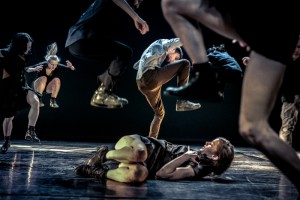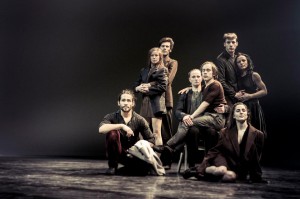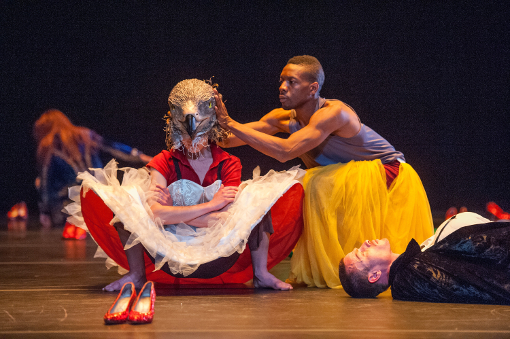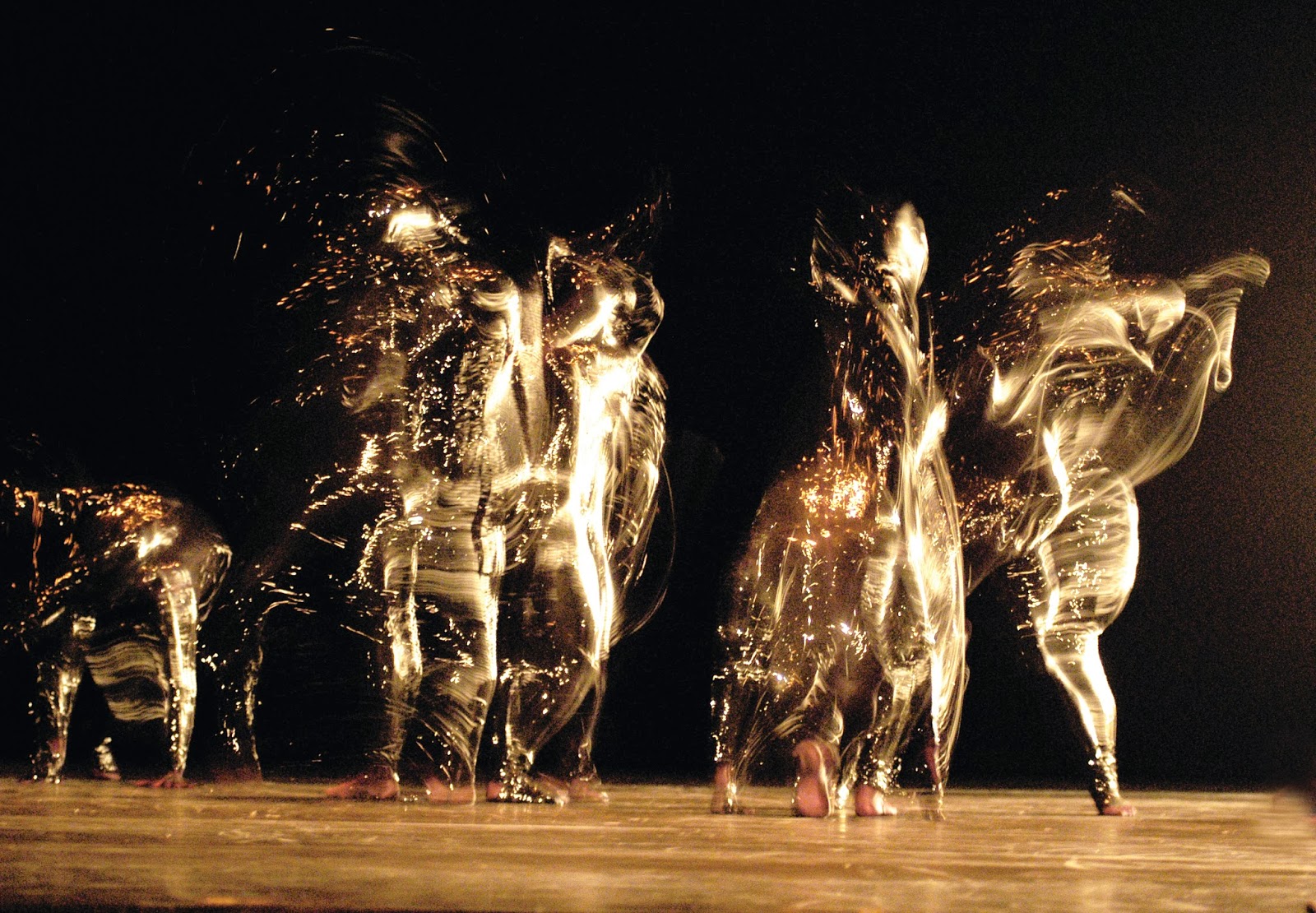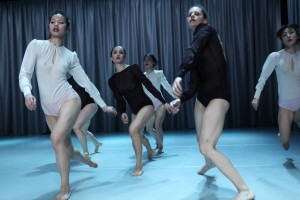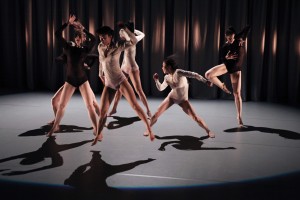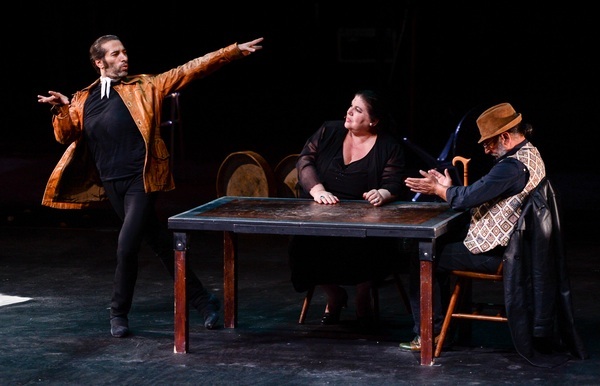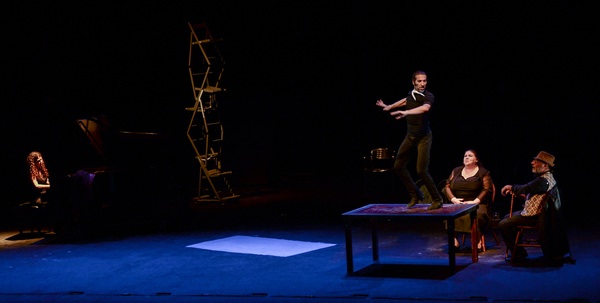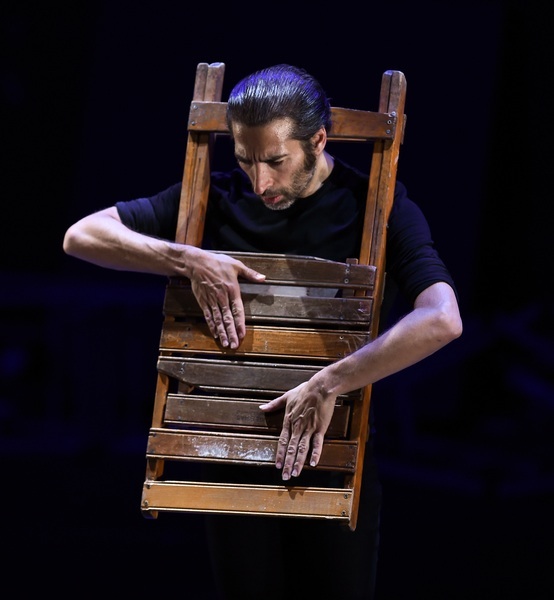By Rachel Straus
We are living in the age of the male choreographer, again. Seventeenth and 18th century ballet masters were traditionally male and the acknowledged great names in ballet—Petipa, Fokine, Massine, Balanchine, Ashton, Tudor, MacMillan, Cranko, and now Ratmansky—are all men. Modern dance, on the hand, was until recently the domain of the female choreographer. (Think Isadora Duncan and Martha Graham.) Yet modern dance, which is now called contemporary dance, no longer boasts as many strong female choreographers as it did in its heyday (1910 to 1960). What happened to the predominance of powerful, highly visible female choreographers?
In the United States, there is arguably one major reason for the decline: the continuing reign of the formalist aesthetic. Formalism privileges emotional restraint, emphasis on structure, and a disinterest in social issues. The rise of the formalist aesthetic sprang in large part from the writings of American art critic Clement Greenberg (1909-1994). He argued that a painting should represent its properties: a flat canvas, the inherent expressiveness of pigmentation and, most significantly, the absence of representation. A painting, in other words, should stand for itself, nothing more. This concept, which came to be known as Abstract Expressionism, influenced George Balanchine, via Lincoln Kirstein, and Merce Cunningham, via John Cage. Powerful dance critics like Arlene Croce (who founded Ballet Review in 1965 and who wrote for The New Yorker from 1973 to 1998) championed the formalistic aesthetic—which stood in contradistinction to the narrative, overtly dramatic work of Martha Graham.
But here’s the rub. Just as second wave feminists in the 1960s were sloughing off 2000 years of patriarchal domination, dance became increasingly interested in abstraction. In one of the most defining moments of female liberation, there was no young critically recognized choreographer in the United States exploring the politics of the female dancing body. (Note: 1960s feminist dance makers like Yvonne Rainer and Carol Schneeman didn’t become big names in dance. Rainer went into film and Schneeman became identified as a performance and visual artist.)
Meanwhile ballet maintained the tradition of storytelling, arguably the form that most directly expresses social realities. Yet ballet narratives, as many of us know, champion the status quo: Women on the ballet stage continue to perform age-old stereotypes, such as damsels in distress, virgins and whores, princesses and witches. With this in mind, it’s no wonder that the formal properties of ballet, built upon a codified series of steps, became of greater interest to dancers, choreographers and critics alike. While mime and the program notes reinforced the ballet work’s story, the formal or pure dance sections–with their emphasis on choreo-musical counterpoint, architecture of bodies in space, dynamic coloring, and physical virtuosity–came to be identified as the serious aspect of ballet.
As both feminism and formalism in dance took further hold in the 1960s, the historical project of modern dance, in which individual perspective on society and culture were investigated through movement, lost steam. Ironically, it is Paul Taylor, a former Martha Graham dancer, who has maintained the torch of the modern dance project once steered by American women. His company’s New York season at the former New York State Theater (Mar. 12-30) is offering 22 works; more than half are driven by narrative concepts and make strong social statements.
There is one glaring exception to the argument that there are fewer female non-formalist choreographers receiving the same public recognition as their male counterparts. That exception is the narrative-oriented, socially concerned work of the late Pina Bausch (1940-2009), whose company continues to tour her dances through major cities. Bausch is claimed by some to have a strong connection to American dance because she spent two years in New York, studying at The Juilliard School and performing under Antony Tudor. I would beg to differ about this impact. Bausch’s stint in the U.S. was brief; she returned to Germany in her early 20s and developed her strong, feminist voice in her homeland.
Bausch’s dances employ narrative, but through a collage structure instead of a traditional linear model. Her dances focus on women. Her female perfomers appear again and again in long evening dresses, drawing attention to the notion of women as beautiful objects. In Bausch’s work the “utopian” representation of male-female Eros never comes to fruition, thus defying ballet’s central moment in which the man supports the woman in the Grand Adagio to symbolize gender symbiosis. Instead many of Bausch’s works present strife and violence through interactions between her male and female dancers. Her Rite of Spring (1975) is arguably the most harrowing stage depiction of men and women. The Rite of the ballet’s title is the act of sex. But it isn’t a consensual conjoining; it’s an act of aggression by men against women.
Bausch’s Rite was likely influenced by ballet choreographer Bronislava Nijinska’s Les Noces (1923). The narrative-based work made for Diaghilev’s Ballets Russes concerns an arranged marriage in a small village and is set to Stravinsky’s dance cantata of the same name. The most inventive and visually arresting choreographic motif in Nijinska’s ballet is organized around the women’s repetitive stabbing pointe work. It symbolizes, writes dance historian Lynn Garafola, the breaking of the bride’s hymen on her wedding night. Nijinska is rarely identified as a source of inspiration by contemporary ballet choreographers. Considering there are so few female ballet choreographers with international standing working today, maybe it’s not that surprising that Nijinska’s impact on the field has been lost. Most ballet choreographers look to Balanchine and Petipa. Nijinska, however, was less a formalist than a expressionist in the vein of modern dance choreography. Also, many of Nijinska’s works are political in that they explore the sociology of femaleness. There are no major biographies of Nijinska (that however will be remedied by Lynn Garafola soon) and her masterwork Les Noces is rarely performed, except by The Royal Ballet.
Since dance formalism in the U.S. dominates, it’s not surprising that dance narrative, when its not packaged as a fairytale story ballet, is considered a lesser form. Recently choreographer Pam Tanowitz and her pickup company made their Joyce Theater debut (Feb, 4-6). Tanowitz received universal rave reviews. The forty-four year old choreographer does not descend from Graham or Bausch’s aesthetic—just the opposite. Tanowitz has professed a love for Cunningham’s abstract movement language and Balanchine’s formalist approach.
Mentored by former Merce Cunningham principal dancer Viola Farber-Slayton, Tanowitz’s choreography springs from a decidedly non-narrative vision. In Tanowitz’s new work Passagen (seen Feb. 4 at The Joyce), Melissa Toogood (a former Cunningham dancer) and Maggie Cloud forge downstage on the tips of the toes. They leap like daggers, carving space with the greatest precision. Their arms stretched out like planes slicing the horizon. Space appears to be the subject of the work and is heightened by the onstage presence of violinist Pauline Kim Harris, who stands at geometrically key spots (center upstage, mid-stage right, and downstage left) while playing John Zorn’s Passagen for solo violin. Harris’ three-prong physical presence could be mapped on canvas as large dark ink blots. Meanwhile, Toogood and Cloud’s jumps and rhythmic steps can be visualized as colorful pinpoints in space. Greenberg’s impact on Tanowitz’s work reads, to this viewer, loud and clear. Greenberg writes,
“Part of the triumph of modernist poetry is, indeed, to have demonstrated the great extent to which verse can do without explicit meaning and yet not sacrifice anything essential to its effect as art. Here, as before, successful art can be depended upon to explain itself.”
If the word dance stands in for Greenberg’s “modernist poetry,” and if it is essential because its “verse” (movement) doesn’t offer explicit meaning, Tanowitz’s dance and her embrace by critics make perfect sense. The bigger question is how U.S. female choreographers, whose aesthetic is more aligned with Graham and Bausch, and who explore the body as the site of struggle, will fare in today’s formalist U.S.A dance world. My sense is that these choreographers will have a harder road, especially if a discussion about how American dance has narrowed itself into a philosophical aesthetic called formalism is not brought to the fore.

